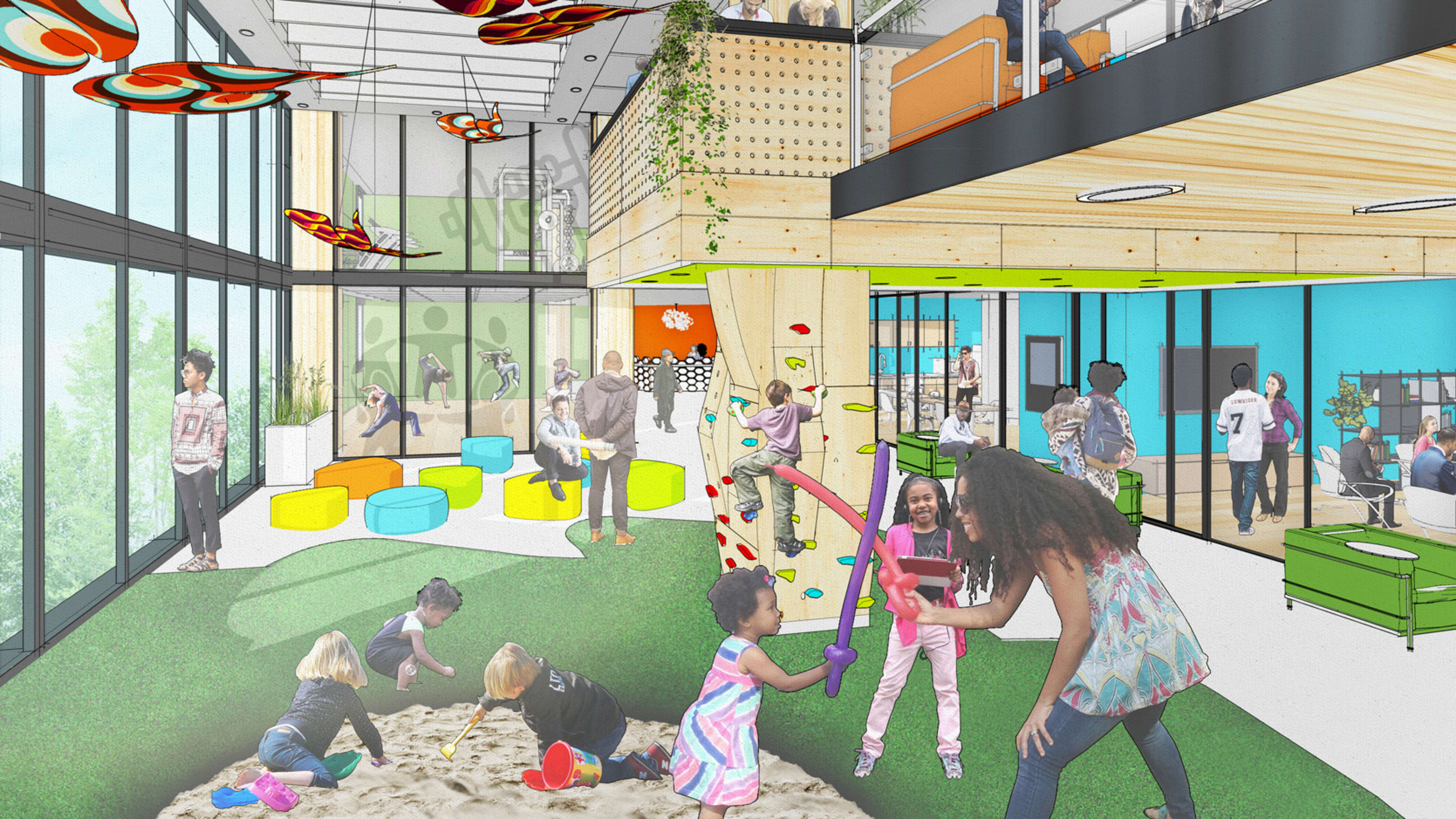In downtown Atlanta, the city built a massive, 11-story city jail to house 1,300 inmates for low-level crimes like shoplifting. But the city now plans to turn it into a new center for equity. The project, which is going through a process of community discussion, may include mental health services, reentry programs, and a credit union, along with room for urban farming, housing, classrooms where students can work on getting a GED, and other community spaces.
Although calls for dismantling the current criminal justice system are escalating in Atlanta now—and have grown even more after a white police officer shot and killed Rayshard Brooks on Friday night, prompting the police chief to resign—the plans to transform the jail have been underway for months. For architect Deanna Van Buren, who is working on the design, it’s one of a series of projects focused on transforming the infrastructure of mass incarceration.
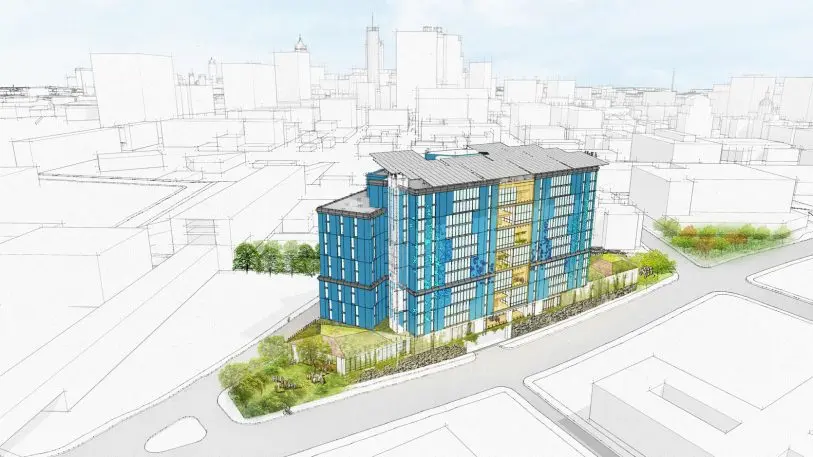
Van Buren, who co-founded the nonprofit design firm Designing Justice + Designing Spaces in 2015, has spent years pushing for the divest-invest model that is now gaining wider attention—the idea that communities should pull money out of the criminal justice system, and put more money into completely new systems of justice.
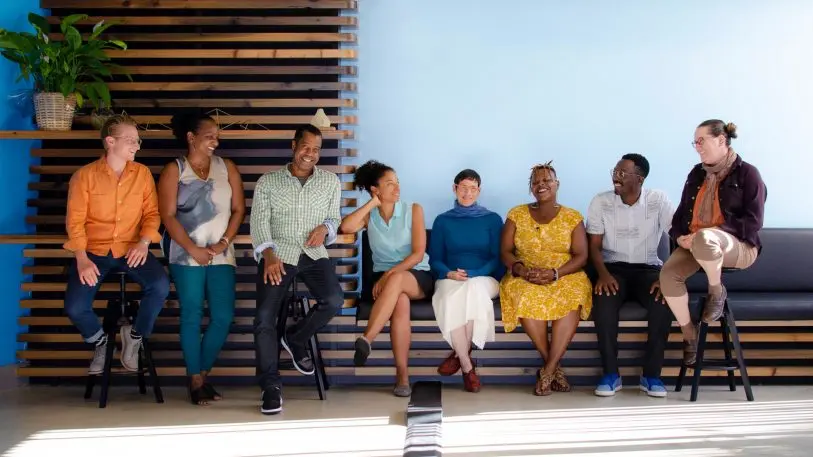
“What we had before and have today is an architecture of oppression, built on the backs of slaves and the bodies of prisoners,” the design team wrote in a recent blog post. “Now we are in a moment of protest and listening. What we will need is an architecture of liberation.”
In a project in California called Restore Oakland, the designers turned an old building into a center that includes rooms for restorative justice, where victims of crimes meet perpetrators and work through a process of understanding and forgiveness. The designers carefully thought through how the space could support that process—it’s accessible on public transit, comfortable and not institutional, private, and includes safe spaces for people to retreat if the conversation becomes too tense. There’s evidence that the process of restorative justice works: Research suggests that it builds empathy and reduces the chance that someone will commit another crime, and that it helps reduce PTSD in victims.
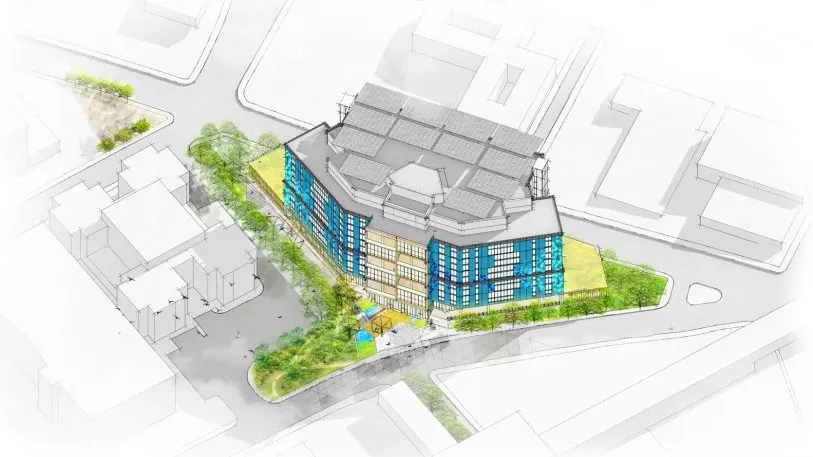
The center in Oakland also includes an on-site restaurant where people who go through the program (along with others in the community) get job training and support to launch worker-owned food businesses. Other space in the building is dedicated to nonprofits working on issues like immigration and tenants’ rights. Designing Justice + Designing Spaces helped the nonprofits negotiate the purchase of the land, so they can’t later be displaced. Those nonprofits are already beginning to add additional community programs. “Once you’re anchored in a place, you can then launch of all of these other initiatives,” Van Buren says. “This is why space matters, and ownership of space matters. It allows for all these other things to be done to build equity in communities.”
Other Designing Justice + Designing Spaces projects have tackled other pieces of the broken criminal justice system, like housing for people after they’ve been released from prison. Van Buren recently worked with a group of formerly incarcerated men and women to design a new type of mobile, pop-up plywood tiny home for inmates who have been recently released. A church in Oakland will be the first to use the new housing. “We’re trying to figure out how to make hundreds now, as part of the ramping up, because they provide dignity and privacy at a quarter of the cost of building out a whole room and they can be deployed more quickly,” she says.
In Atlanta, Van Buren began working with the city in 2019, after Mayor Keisha Lance Bottoms signed legislation to close the jail. The use of the jail had been shrinking after the mayor had ended cash bail in the city (in many cities, people spend days or weeks in jail because they can’t afford bail), ended a contract with ICE to house detainees, and reduced the penalty for conviction of possession of small amounts of marijuana so it no longer can end up with jail time.
Activists had been pushing to close the jail for years. Now, often only around 25 out of 1,000 beds in the jail are filled. Van Buren worked with the city on a six-month-long series of meetings with various community groups—from former inmates to local businesses—to consider how the space can be used. “We developed a lot of tools, everything from games to interactive models, that we could bring into community to get their input on what should be put in what’s now called the Center for Equity,” she says. Last week, the designers sent the city various options for the site, which the community will now consider.
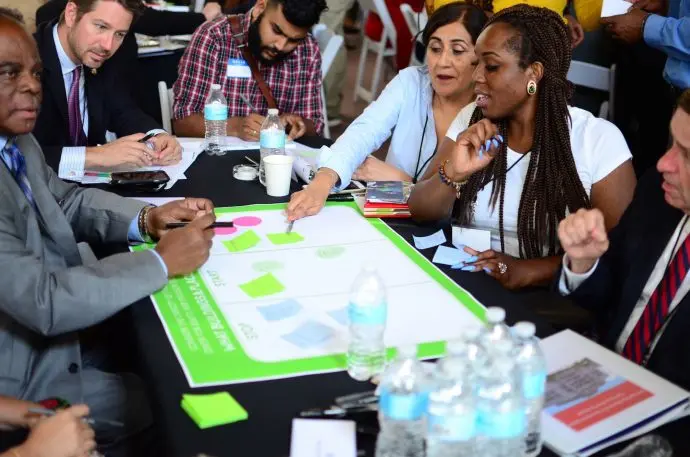
In one design, the existing building is repurposed for multiple new uses by tearing down cell walls and creating a new facade that floods the space with light. Mezzanine floors would also be cut back to bring light further into the building. Existing outdoor recreation spaces could become urban farms, helping bring a new source of food to a neighborhood that is a food desert. In another version of the transformation, the jail would be torn down entirely, and replaced with three new buildings that fit more naturally into the neighborhood. Another option would also demolish the site, replacing it with a park or another community space, and then build smaller “Centers of Equity” throughout the city, instead of at just one central location.
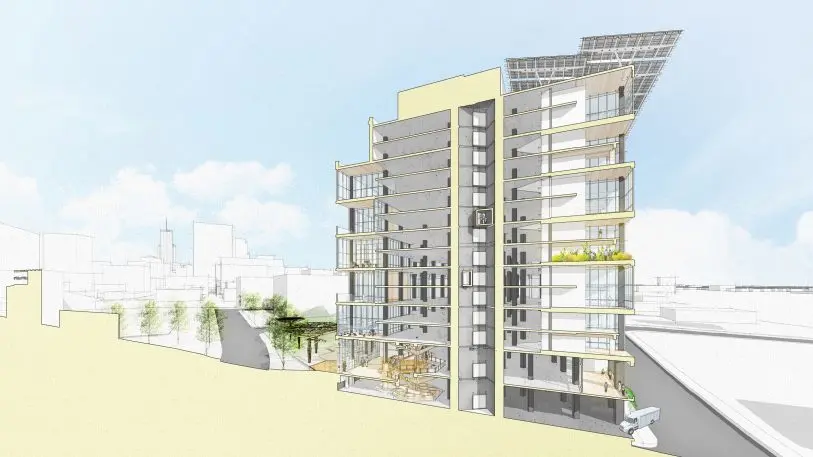
The city is expected to choose a path this year, but the process may be accelerated as the protests over police brutality have focused public attention on the criminal justice system. The mayor recently proposed a new $400 million bond, some of which will be used to pay for repurposing the center. “You’re starting to see political will,” says Van Buren. “You can see it all over the country. All of a sudden, now we’re ready to put money into something different.”
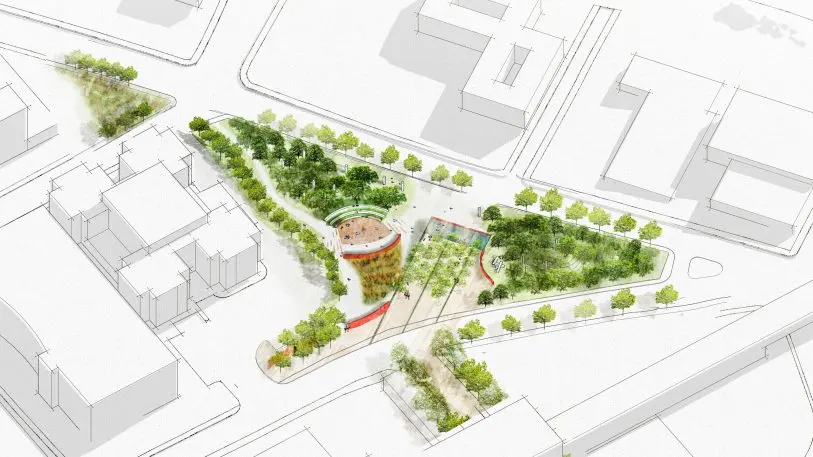
Recognize your brand’s excellence by applying to this year’s Brands That Matter Awards before the early-rate deadline, May 3.
